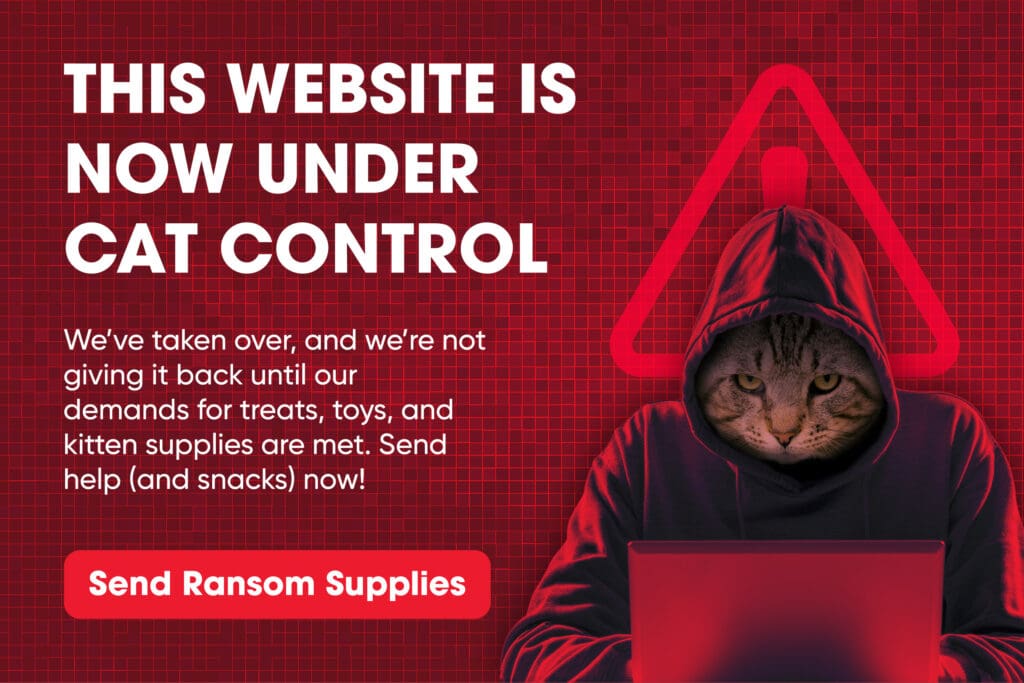If you are like most dog owners, you acquired your dog(s) for two main reasons. You wanted an emotional connection with a social creature who would love you unconditionally, and you wanted to touch that creature physically.
I ask my training students when I meet them to raise their hands if they never touch their dogs. No one ever raises a hand. They all smile, or laugh sheepishly, thinking that it’s the opposite—they can’t stop touching their dogs.
This is normal, the desire to stroke and touch those we love. And dogs feed our need because they seem to soak it up, reveling mindfully in it as they are wont to do with anything they find pleasurable.
It’s a self-reinforcing loop, touch. Both parties benefit, definitely. But there is such a thing as “too much of a good thing.”
We do a lot of active bonding with our pets: touching, talking, engaging in play, walking (if you do it mindfully). But how many of us do any real passive bonding with the dog?
“Music is the space between the notes.” ~Claude Debussy
PASSIVE BONDING keeps the relationship humming. It is the space between the notes of activity. Passive bonding is watching TV/reading/knitting/working while your dog lies sleeping at your feet. It can be the dog sleeping in bed with you (if he’s earned it). It’s the dog gnawing a favorite chewy or toy while you hang out with your spouse, or even alone. For new puppy owners, passive bonding is taking place when your pup sleeps in his crate in the room with you (the sound of your breathing is comforting to him) as opposed to being crated in another room. It’s happening when your new pup falls asleep in your lap, or on the floor next to you, after a bout of play. (Most dogs will fall asleep during passive bonding time, but that’s not a problem.) What makes it passive bonding is that Fido is in the room with you, probably near you, maybe even touching you, but you are not actively interacting with him. Owners need self-control for this exercise (this is not “fondle time”), and some dogs are better at it than others. But all dogs can—and should—learn how to do it.
If you are constantly touching your dog, he is likely to become confused, neurotic, pushy, or even clingy, depending on his temperament. Our constant need to touch is more about what we want than what our dogs need. Ignoring the dog’s real needs increases stress and makes for an unhappy dog.
WHAT? Did I just tell you that you aren’t allowed to pet your dog? Absolutely not. Touch is important to both our species. Affection is necessary, soothing, lowers your blood pressure and releases a bonding hormone known as oxytocin, all positive things. But it should be (1) purposeful, (2) on your terms, and (3) not make up the bulk of your time with your pooch.
Try to spend 10 minutes or more today engaged in passive bonding with your dog. Will he not leave you alone? Tether him so he cannot quite reach you, and get to it.
Happy bonding!

